Il segno del Tempo – Alessandro Righetti
Borgo Museo | Sculture 1976 – 2004
ITALIANO | English below
La vita
Alessandro Righetti nasce Roma il 21 aprile del 1930 tuttavia trascorre e vive la maggior parte della sua vita in Maremma, a Grosseto; in età giovanile studia ad Alberese dove nasce la sua vena artistica per poi in età maggiore seguire corsi di nudo presso l'Accademia delle Belle Arti. In età adulta dirige un laboratorio d'arte dove insegna ai giovani ragazzi stranieri (prevalentemente svizzeri) la raffinata tecnica della scultura. Molteplici sono i riconoscimenti dati a Righetti per le sue opere come il premio per la pittura nel 1971 e il premio per il bronzetto al palazzo Doria nel 1977, Alessandro tutta via non colleziona premi solo in Italia infatti viene apprezzato come artista anche all'estero in particolare a New York, Parigi e Belfast. Nel 1983 Righetti espone le suo opere ad Alberese dove in età giovanile aveva iniziato la sua carriera artistica, qui espone opere nella quali si può osservare una maturazione sia di abilità che di prospettiva. Muore a Roma nel 1995 all'età di 65 anni e in particolare nella terra che amava, la Maremma, lascia numerose testimonianze.
La poetica
Alessandro Righetti ha lasciato impresso nella sua arte un carattere monografico in quanto tutte le sue opere grafico-pittoriche e scultoree sono un ritratto della sua personalità; di fatti Righetti teneva particolarmente a lasciare il proprio essere nelle sue opere, è così possibile rintracciare una linea di continuità nelle sue sculture e dipinti nonostante il continuo evolversi della sua grafia scultorea e pittorica. È comunque costante la ricerca di nuove forme, tensioni volumetriche e linee che cercano di arrivare alla naturalezza. Righetti mostra una passione smisurata per quello che fa di fatti sceglie personalmente il marmo con cui deve lavorare, cosa che molti artisti non fanno più. Le sculture di Alessandro non vengono definite né astratte né informali bensì un'interpretazione più libera della natura dove quest'ultima deve avere un filo conduttore alla realtà.
L’opera a Castagno
Il segno del Tempo è l'opera che Alessandro Righetti dedica al Castagno, e in questo suo lavoro sono riassunti gli ideali della sua poetica artistica portati avanti sin dalla gioventù. Qui il tempo viene rappresentato in modo né astratto né informale ma con una visione ancora più libera e probabilmente legata al ritmo della natura, al ciclo della vita che continua (come suggerisce lo slancio della scultura verso l’alto) e si rinnova. Una visione libera come alla fine è l’interpretazione dello spettatore.
ENGLISH
Biography
Alessandro Righetti was born in Rome on 21 April 1930, however he spends and lives most of his life in Maremma, in Grosseto; at a young age he studied in Alberese where his artistic talent was born and then at an older age he attended nude courses at the Academy of Fine Arts. In adulthood he directed an art workshop where he taught young foreign boys (mainly Swiss) the refined sculpture technique. Many are the awards given to Righetti for his works such as the prize for painting in 1971 and the prize for the bronzetto at the Doria palace in 1977, Alessandro however does not collect prizes only in Italy in fact he is appreciated as an artist also abroad in particularly in New York, Paris and Belfast. In 1983 Righetti exhibited his works by him in Alberese where at a young age he began his artistic career, here he exhibits works in which a maturation of both skills and perspective can be observed. He died in Rome in 1995 at the age of 65 and in particular in the land he loved, the Maremma, he leaves numerous testimonies.
Philosophy
Alessandro Righetti has left a monographic character imprinted in his art as all his graphic-pictorial and sculptural works are a portrait of his personality; in fact Righetti was particularly keen to leave his own being in his works, it is thus possible to trace a line of continuity in his sculptures and paintings despite the continuous evolution of his sculptural and pictorial handwriting. However, the search for new shapes, volumetric tensions and lines that try to arrive at naturalness is constant. Righetti shows an immeasurable passion for what he does in fact he personally chooses the marble he has to work with, something that many artists no longer do. Alessandro's sculptures are not defined as abstract or informal but rather a freer interpretation of nature where the latter must have a common thread to reality.
Artwork in Castagno
Il segno del Tempo (The sign of time) is the work that Alessandro Righetti dedicates to Castagno, and in this work of his the ideals of his artistic poetics carried out since his youth are summarised. Here time is represented in an abstract or informal way but with a vision even freer and probably linked to the rhythm of nature, to the cycle of life that continues (as suggested by the impetus of the sculpture upwards) and renews itself.A free vision as in the end is the interpretation of the spectator.

